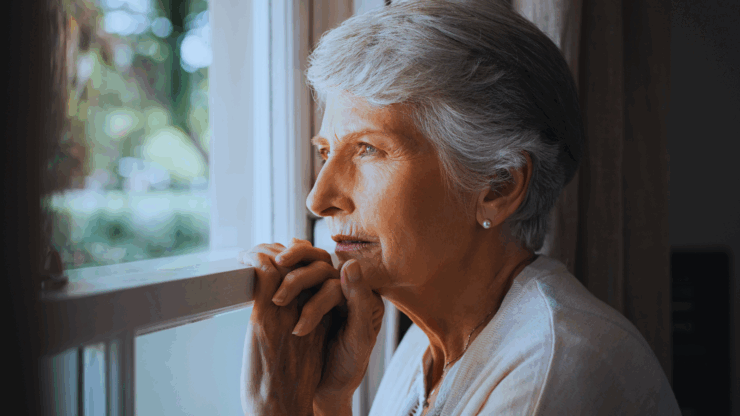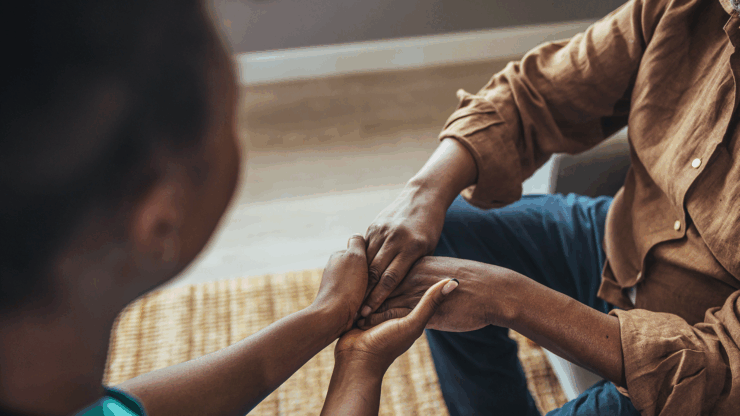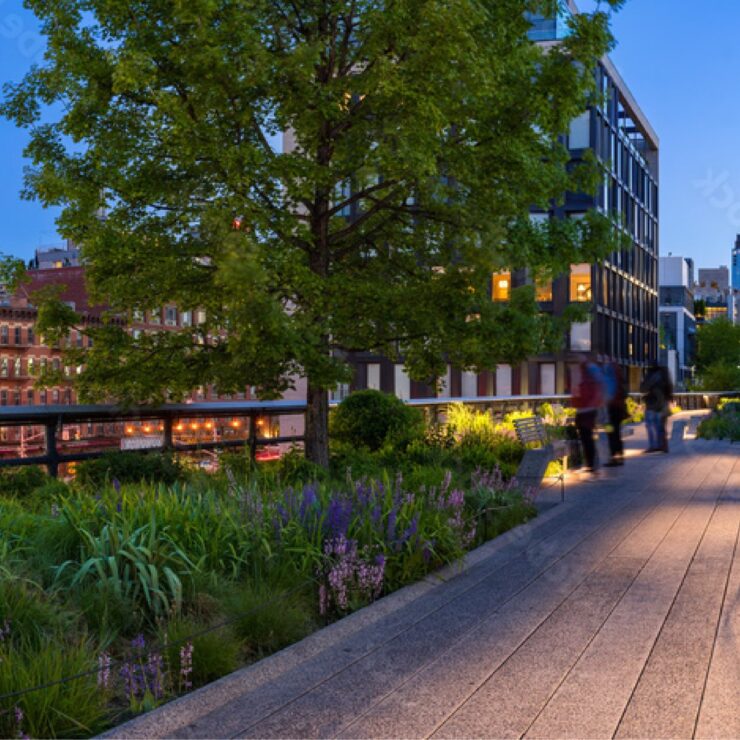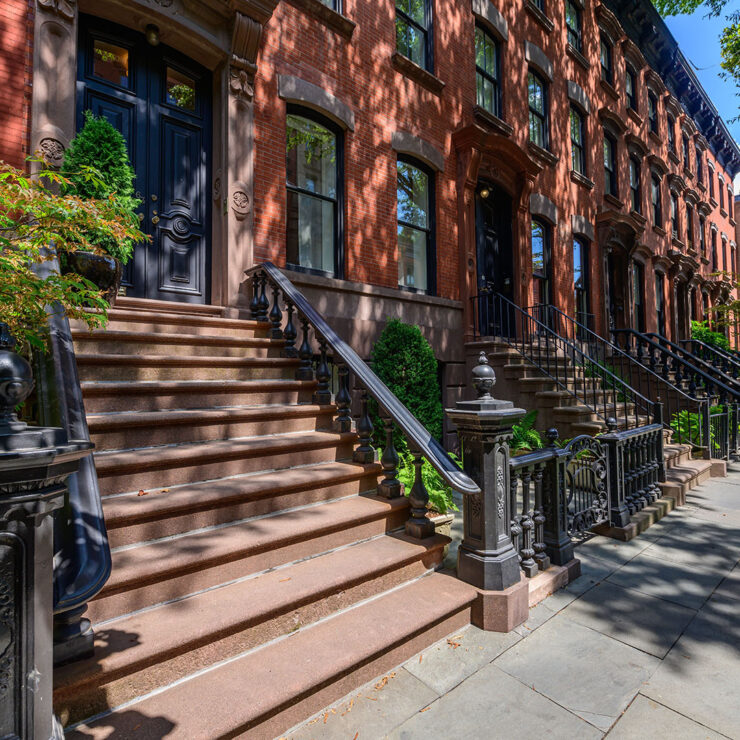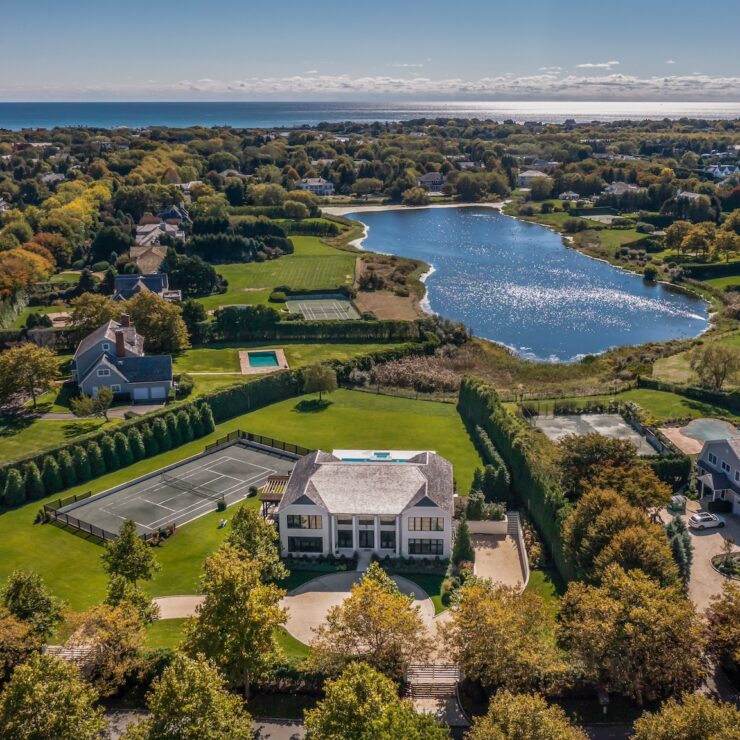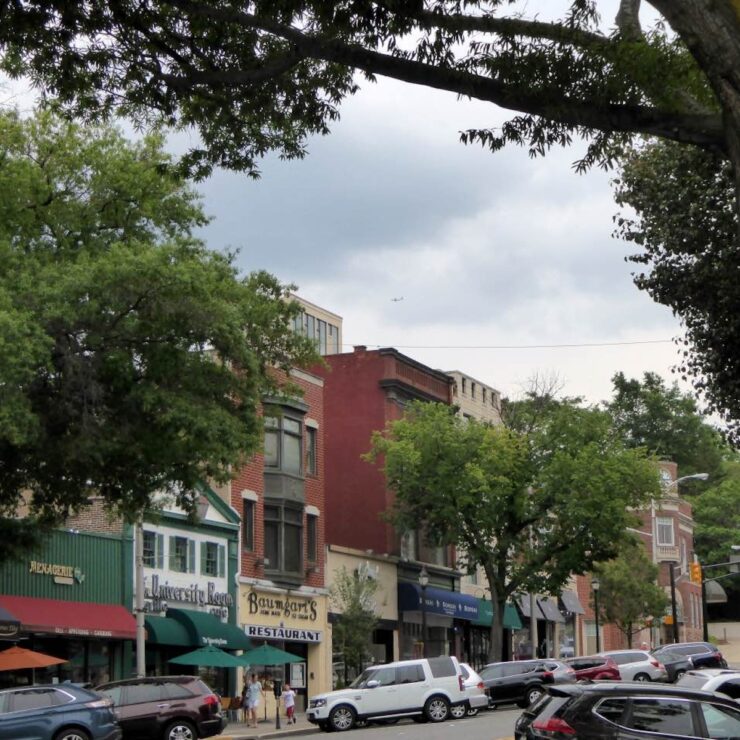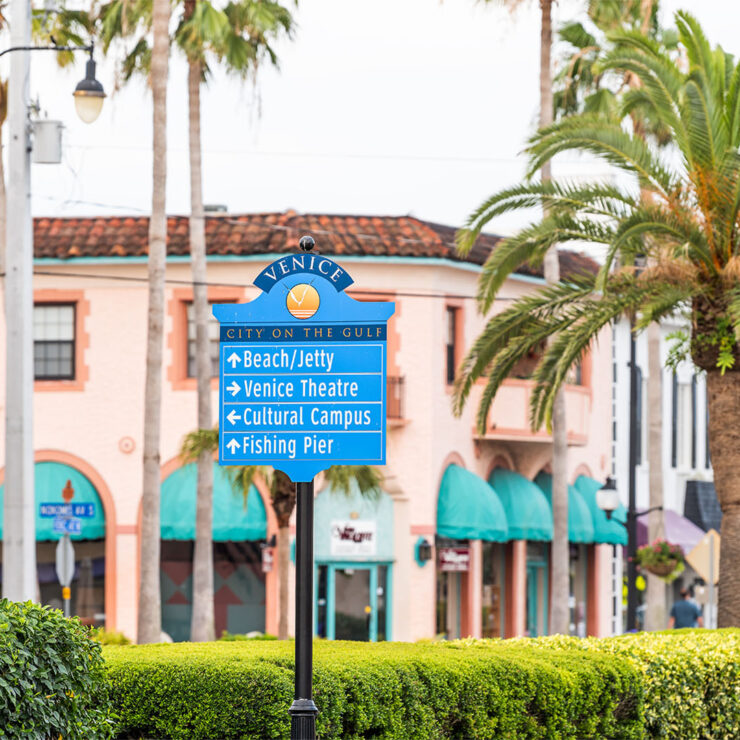
Brighter Days Ahead: Easing Seasonal Blues in Seniors
Key Takeaways
- Shorter days and colder weather can trigger sadness or withdrawal in older adults.
- Symptoms may include low energy, sleep changes, and loss of interest.
- Light exposure, social connection, and routine can help lift mood.
- Seasonal depression should be taken seriously and treated when needed.
- LifeWorx caregivers offer companionship and support to brighten daily life.
Seasonal affective disorder, also known as SAD, is a common mental health condition that usually starts in fall or winter and ends in spring or early summer. It can cause stressful symptoms for several months, and it’s important to take it seriously if you notice the signs in yourself or someone else. Older adults may be particularly susceptible to developing seasonal depression, but there are many strategies to reduce the symptoms and manage the mood disorder.
Decreased natural light can disrupt the body’s circadian rhythm and lead to hormonal changes that influence moods. It can manifest with symptoms such as low energy, feelings of hopelessness, changes in appetite, and difficulty concentrating. Social and environmental factors may also play a role. Cold temperatures, darkness, and gloomy weather can keep people isolated at home, away from their family or friends, and this isolation can affect mental and emotional health.
Although it may not be possible to prevent the initial episode of SAD, there are steps you can take to effectively manage it and possibly reduce the likelihood of its recurrence. Treatment may involve a combination of approaches, including:
Light therapy
Bright light therapy, which uses a special lamp, is an effective treatment for SAD. It is generally safe, but individuals with diabetes, retinopathies, those taking specific antibiotics or anti-inflammatories, and those with bipolar disorder should avoid light therapy.
Cognitive behavioral therapy (CBT)
CBT has been found to be highly effective in addressing SAD. Studies have shown that CBT produces long-lasting results compared to other treatment methods. If you’re dealing with SAD, it’s worth considering consulting a mental health professional who specializes in CBT, as this approach can be very impactful for managing seasonal affective disorder.
Antidepressant medication
In some instances, healthcare providers may suggest using medication to treat depression, either on its own or with light therapy. Medications can be beneficial if your symptoms are severe or continue despite other forms of treatment.
Change your environment
Increasing your exposure to natural sunlight can have a positive impact on your well-being. If you’re indoors most of the day, consider opening blinds to allow more natural light into your living space. Additionally, taking regular walks, having lunch in a park, or simply sitting on a bench outdoors can all provide opportunities to bask in the sun. It’s worth noting that even on chilly or overcast days, spending time outdoors can still be beneficial due to exposure to natural light.
Exercise
Regular exercise and other physical activities can reduce stress and anxiety, alleviating symptoms. Additionally, staying fit can enhance self-esteem, resulting in an overall improvement in mood and mental well-being.
Stay social
Regular social interaction is also very beneficial for mental health. Even though it may feel difficult to be social during the fall and winter months, spending time with family and friends can make a big difference in your emotional state.
Similar to other forms of depression, it’s crucial to rule out any underlying medical issues that may be contributing to your symptoms. Seasonal affective disorder can sometimes be misdiagnosed, making an in-depth evaluation essential. However, with the appropriate treatment, SAD can be effectively managed. By combining various strategies and giving yourself time, you can significantly improve your ability to cope with seasonal depression.


